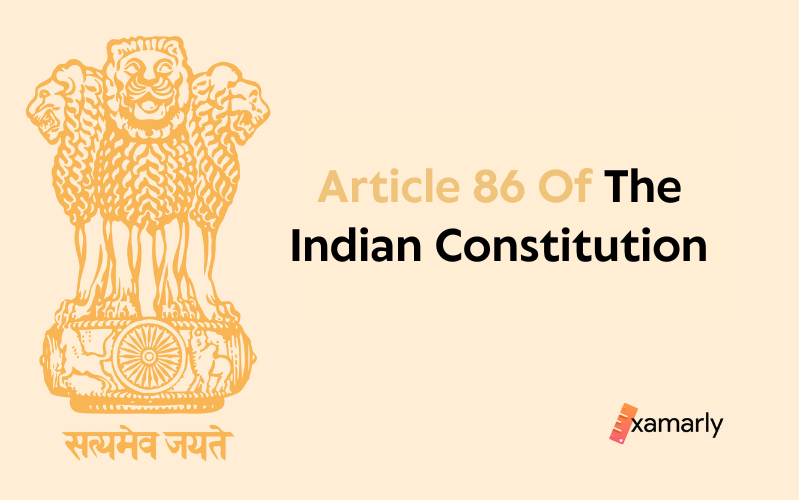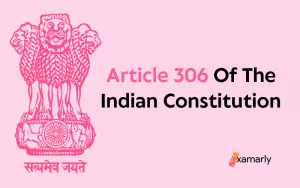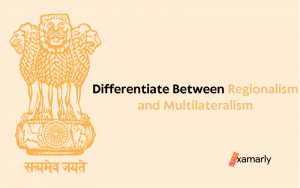The President’s Address is covered by Article 86 of the Indian Constitution.
Article 86 grants the President the ability to address either the House of Parliament or both Houses when they are both gathered together and stipulates that members must be present.
The President has not yet used this provision to address a House or Houses collectively since the Constitution’s inception.
Chapter II of Part V speaks about this article.
What Is Article 86 Of The Indian Constitution?
- The President may address any House of Parliament or both Houses of Parliament when both Houses are assembled, and members must be present for this purpose.
- The President may transmit messages to either House of Parliament, whether in relation to a Bill currently pending in Parliament or otherwise, and any House to whom a message is conveyed shall consider any issue required by the message to be taken into consideration with all reasonable dispatch.
Conclusion
Article 86 addresses the President’s authority to address and deliver messages to the Houses.
When both Houses are gathered together, the President is given the option to address either one or both of them, and Article 86 specifies that members must be present.
Since the Constitution’s inception, the President has not yet used this provision to address a House or Houses collectively.
For Further Readings:
FAQs
Which Article Of The Indian Constitution Deals With The President’s Authority To Address The Houses And To Transmit Messages To Houses?
The President’s Power to Address the Houses and Send Messages to the Houses is covered in Article 86.






